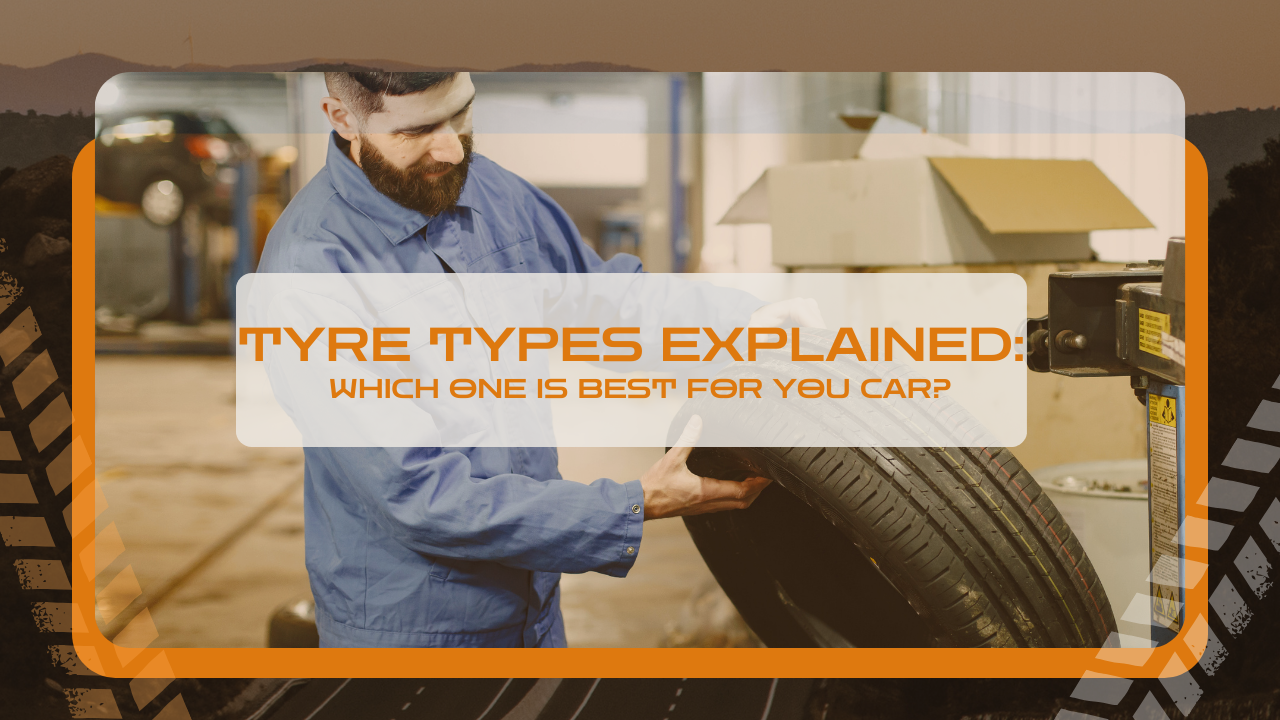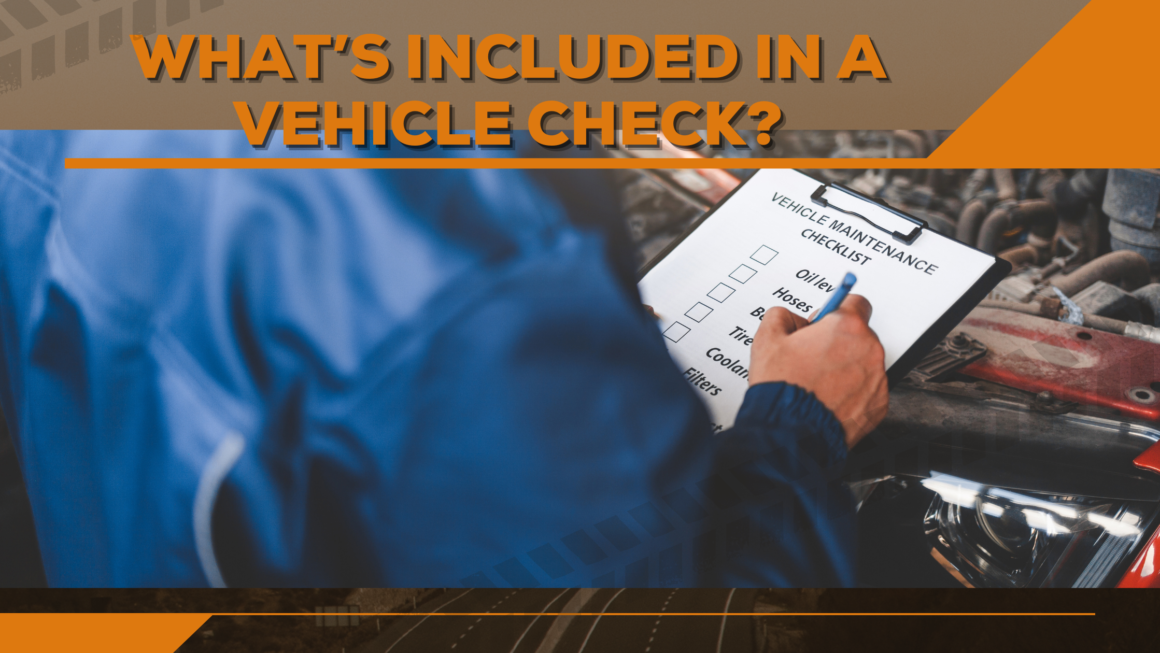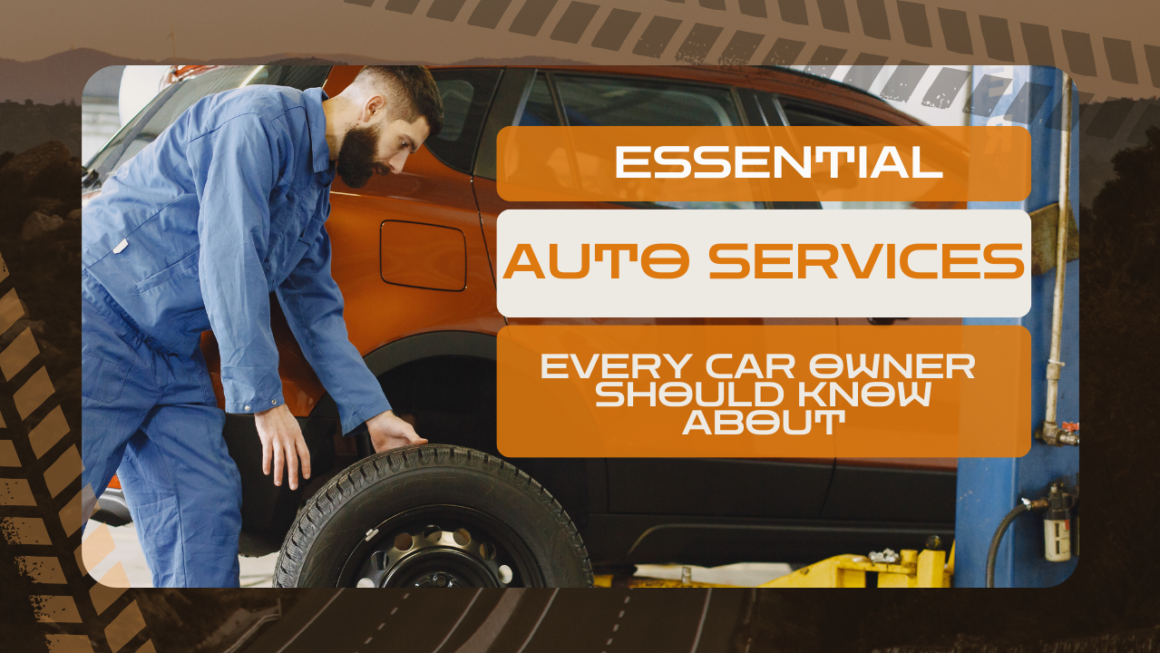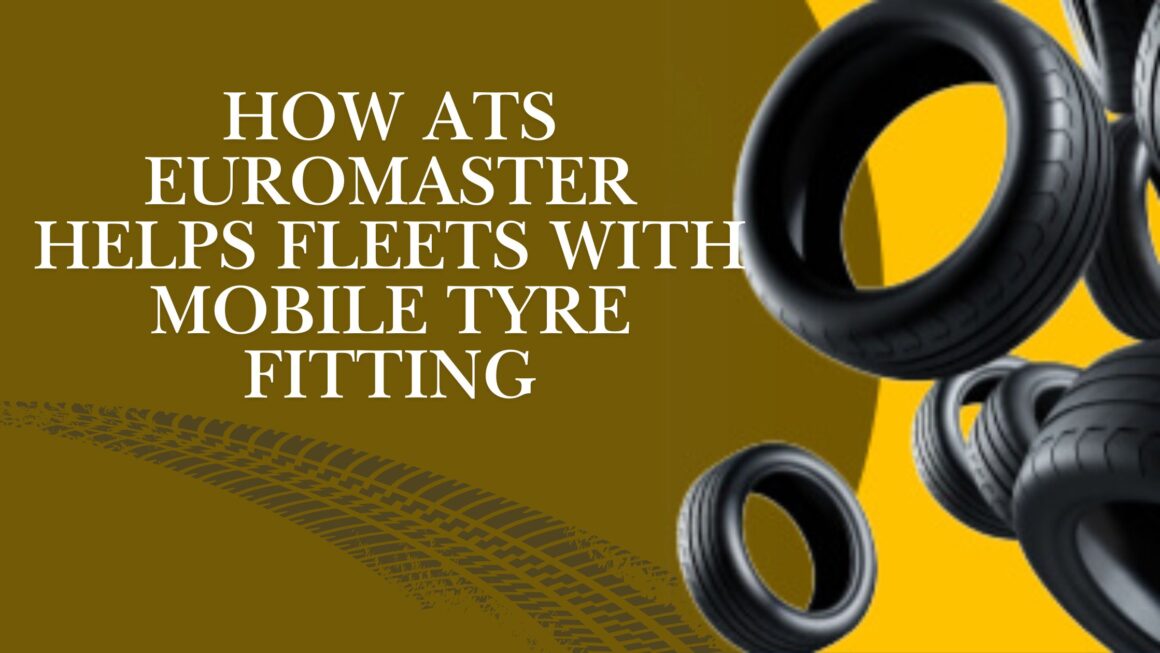Tyres may look similar, but the type you choose can greatly impact safety, fuel efficiency, and how your car handles. The best tyre for your vehicle depends on more than size—it’s about your driving habits, the climate you drive in, and the type of roads you frequent. As part of a standard vehicle check, tyre condition is usually one of the first things inspected—because tread wear, pressure, and age all affect performance. Some tyres are built for year-round flexibility, while others are designed for specific weather or performance needs. Picking the right one means better grip, smoother rides, and longer-lasting performance. Understanding the main tyre types available in the UK can help you make a choice that’s safer, smarter, and more cost-effective.
The Importance of Choosing the Right Tyre Type
Choosing the right tyre isn’t just about fitting the correct size—it’s about unlocking better safety, performance, and efficiency on every drive. Tyres are the only part of your vehicle in direct contact with the road, which means their role goes far beyond turning and stopping. The wrong tyre type can reduce your vehicle’s potential, while the right one can enhance every aspect of your driving experience.
How Tyres Affect Driving Safety
Your tyres play a crucial role in how your car grips the road, especially in unexpected conditions.
- Grip determines how your car handles turns, stops, and sudden manoeuvres.
- Braking distance is directly influenced by the tyre’s tread pattern and compound.
- Road surface and weather conditions—wet, icy, or hot—can impact safety if your tyres aren’t suited for them.
Tyres and Vehicle Performance
Comfort and control start with what’s under your wheels.
- The right tyre improves ride comfort, reducing vibrations and road noise.
- Responsiveness in handling depends on tyre structure and tread design.
- Mismatched or unsuitable tyres can reduce performance, especially in high-speed or demanding driving conditions.
Fuel Economy and Tyre Wear
Efficiency and durability come down to how tyres manage resistance and wear.
- Rolling resistance affects how hard your engine has to work. Lower resistance = better fuel economy.
- The correct tyre type leads to even wear, meaning longer lifespan and fewer replacements.
- Proper tyre choice supports both environmental impact and cost savings over time.
Main Tyre Types Explained
Tyres are not one-size-fits-all. The type you choose can determine how well your car handles, how safe your journeys are, and how much comfort you feel behind the wheel. In the UK, where driving conditions vary widely, knowing the difference between tyre types helps you make a choice that supports both your driving needs and the road ahead.
Here’s a quick breakdown of the most common tyre types and what they’re best suited for:
| Tyre Type | Best For | Key Benefits |
|---|---|---|
| Summer Tyres | Warm, dry, and mildly wet UK conditions | Better grip and shorter braking in higher temperatures |
| Winter Tyres | Snow, slush, frost, and cold roads | Improved traction, cornering, and braking below 7°C |
| All-Season Tyres | Drivers who want year-round convenience | Balanced performance without needing seasonal changes |
| Performance Tyres | Sporty, high-speed, responsive driving | Enhanced handling, grip, and precision at higher speeds |
| Run-Flat Tyres | Emergency mobility after a puncture | Lets you drive short distances even after tyre pressure loss |
Each tyre type is engineered with a specific purpose in mind. Choosing the right one depends on your vehicle, your driving style, and the conditions you most frequently encounter. Selecting the right tyre type isn’t just practical—it’s key to safer, smoother driving.
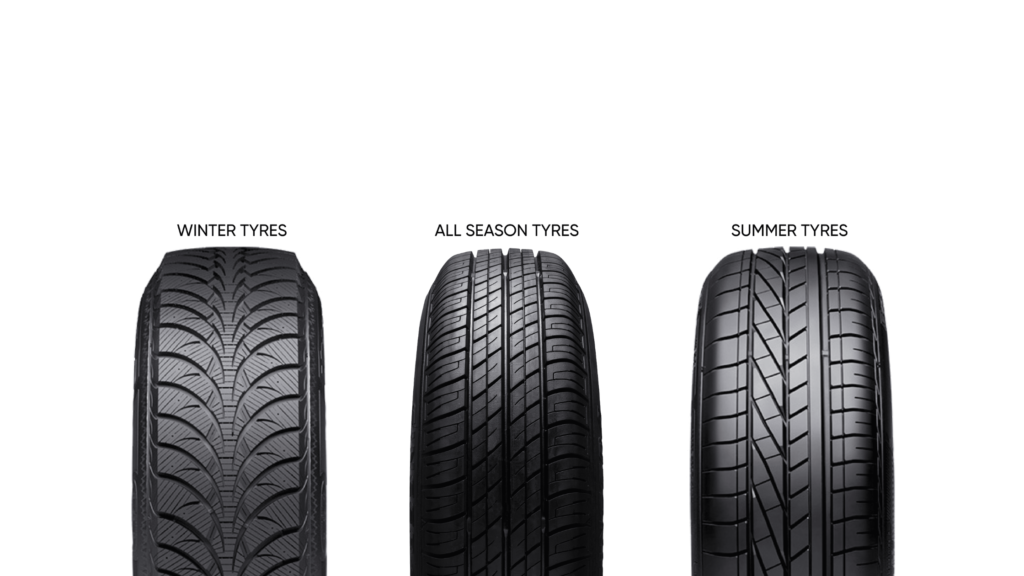
Matching Tyres to Driving Conditions
Your tyre choice should reflect more than your car—it should match where and how you drive. Different environments demand different levels of grip, tread design, and durability. Regular auto service routines often include checking tyre alignment and pressure, which helps ensure your tyres are suited to these everyday conditions. Whether you’re navigating tight city streets or covering long motorway miles, the right tyres can dramatically improve safety, comfort, and performance.
Urban Driving
Urban environments often involve:
- Short journeys with frequent stopping
- Smooth, paved roads
- Heavy traffic and tighter turns
For city driving, tyres that offer comfort, low noise, and high durability are ideal. All-season or summer tyres with lower rolling resistance help reduce fuel use and provide a smooth ride over well-maintained roads. Since city traffic involves constant braking and accelerating, tyres that resist wear are a smart long-term choice.
Rural Roads and Motorways
This driving environment includes:
- Varying surfaces, from tarmac to gravel
- Long-distance travel at higher speeds
- Exposure to rain, debris, and uneven surfaces
Tyres suited for rural and motorway use should prioritise grip, cornering stability, and wet weather performance. Deeper tread patterns help maintain control on loose surfaces, while noise-reducing features improve comfort on longer trips. Summer tyres or premium all-season options often perform best in these conditions.

Seasonal Driving Challenges in the UK
UK weather brings:
- Sudden rain, morning frost, and occasional snow
- Fluctuating temperatures below and above 7°C
- Slippery road surfaces in autumn and winter
For year-round peace of mind, switching between summer and winter tyres is ideal—maximising performance and safety in extreme conditions. Alternatively, all-season tyres provide balanced reliability for drivers who want good grip in wet and mild winter weather without seasonal changes.
How to Choose the Right Tyres for Your Vehicle
Selecting the right tyres doesn’t need to be complicated—but it does require a bit of thought. Your vehicle, driving habits, and performance needs all play a role in making the right choice. Getting it right means improved safety, better fuel economy, and tyres that last longer with less hassle.
Check Your Vehicle’s Manufacturer Recommendation
Before anything else, always start with your vehicle’s recommended tyre specs. These details ensure your tyres can handle the weight, speed, and demands of your car. You can usually find them in the owner’s manual, on the fuel cap, or the tyre information placard inside the driver’s door.
Understanding what’s included in a standard vehicle check also helps here, especially when you’re reviewing tyre size, load index, and speed rating. These elements are key to safety and performance.
- Where to find it: Check your owner’s manual, fuel cap, or the tyre information placard inside the driver’s door.
- What to look for: Tyre size, load index, and speed rating—these tell you what’s safe and suitable for your car.
- Fitting tyres outside of these recommendations can affect performance, safety, and even insurance.
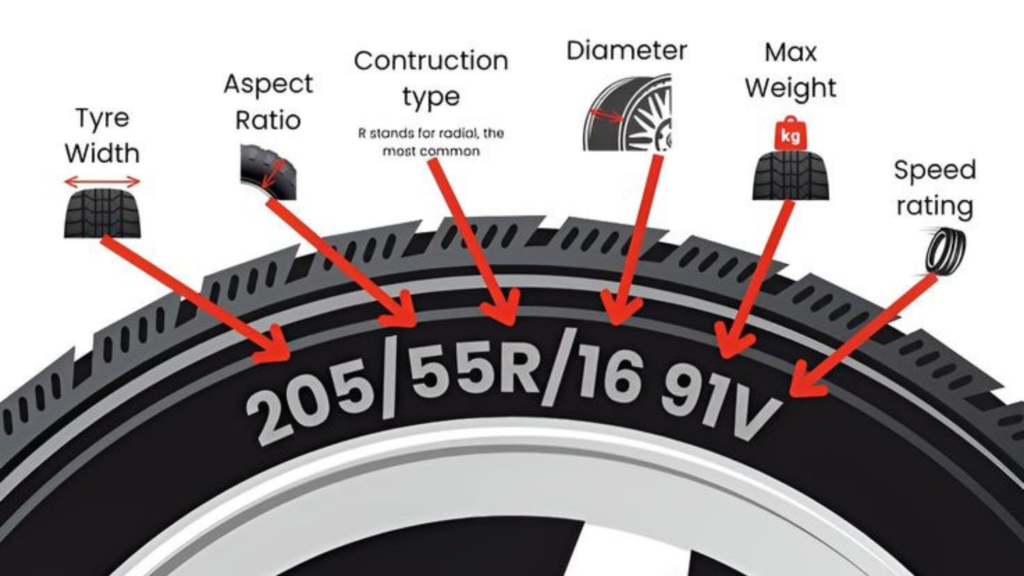
Consider Your Driving Style and Mileage
Think about how and where you typically drive.
- Daily commuting: Look for comfort, fuel efficiency, and durability.
- Weekend or long-distance driving: Prioritise high-speed stability and grip.
- Heavy loads or occasional off-road travel: Choose reinforced tyres with higher load capacity and sidewall protection.
Matching your tyre type to your driving patterns ensures a better driving experience and extends tyre life.
Balance Between Cost, Performance, and Longevity
Tyres range from budget-friendly to premium—but choosing the right balance is key.
- Budget options can be effective for low-mileage drivers or city use.
- Mid-range tyres often provide the best value with dependable quality.
- Premium tyres may cost more upfront but typically offer better performance, comfort, and longevity—making them worth the investment for high-mileage or performance drivers.
Choosing wisely helps you save in the long run without compromising safety.
When to Replace and Rotate Your Tyres
Tyres wear over time—and knowing when to replace or rotate them is essential for staying safe on the road. Proper tyre maintenance can extend the life of your tyres, improve performance, and help you avoid unexpected costs. Here’s what to watch for and how to keep your tyres in top condition.
Many of these tyre-related tasks are part of the routine auto services most garages recommend, alongside checks for alignment, brakes, and fluid levels—making it easier to stay ahead of wear before it becomes a problem.
Signs You Need New Tyres
Even the best tyres don’t last forever. Check for these key indicators:
- Tread depth below 1.6mm – the legal minimum in the UK
- Cracks, bulges, or cuts on the sidewall or tread surface
- Uneven wear patterns – often a sign of misalignment or underinflation
- Vibration or pulling – can signal internal damage or tyre imbalance
It’s recommended to inspect your tyres regularly—especially before long journeys or during seasonal changes.
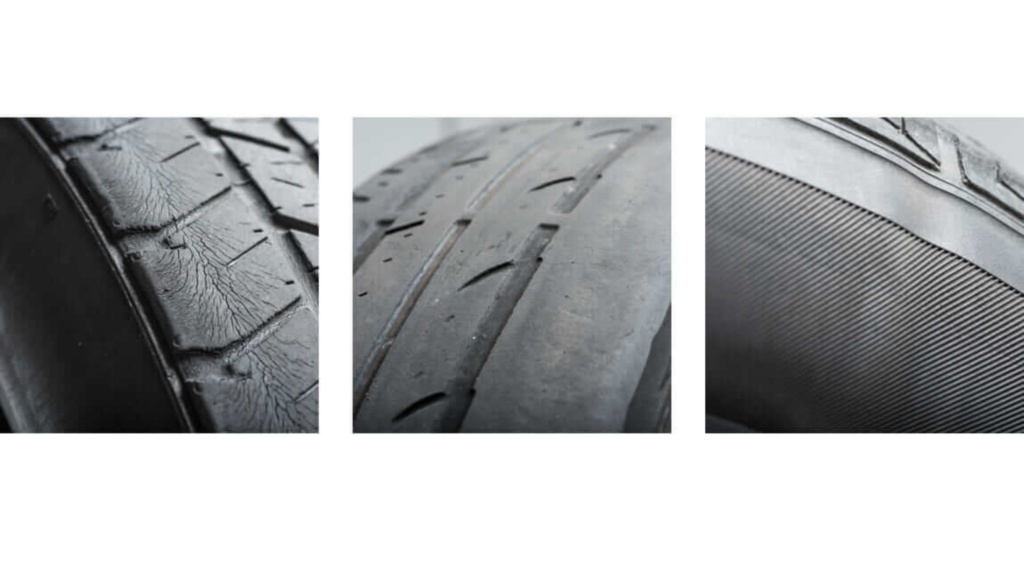
Tyre Rotation and Alignment
Routine tyre rotation helps ensure even wear across all four tyres, which can extend their lifespan and improve fuel efficiency.
- Rotate your tyres every 5,000–8,000 miles (or as advised by your vehicle manufacturer)
- Helps prevent one set from wearing out faster, especially on front-wheel or rear-wheel drive vehicles
- Wheel alignment should be checked annually or if you notice the car pulling to one side
Proper balancing and alignment not only protect your tyres but also enhance overall handling and ride comfort. Maintaining this routine means better safety, smoother driving, and more value from your investment.
Professional Tyre Fitting and Advice
When it comes to getting the most out of your tyres, expert fitting and professional advice make a noticeable difference. It’s not just about buying the right set—it’s about ensuring they’re fitted correctly, aligned properly, and tailored to your specific vehicle.
During most garage visits, especially those involving a full vehicle check, tyre condition is one of the key areas assessed. This includes tread depth, pressure, and visible wear—all of which directly affect safety and performance.
Why Professional Fitting Matters
Having your tyres fitted by a qualified technician ensures proper installation, accurate inflation, and precise balancing—all of which directly affect how your car handles on the road. A poorly fitted tyre can lead to uneven wear, poor fuel efficiency, and even safety issues over time. Professionals follow manufacturer specifications for load index, pressure, and speed rating to guarantee each tyre supports your car’s full potential.
Free Tyre Checks and Online Booking Options
Professional garages today make it easier than ever to manage your tyre care. Online booking platforms let you check prices, see availability, and reserve appointments at your convenience—no guesswork involved. Many also offer free tyre checks, including tread depth assessments, air pressure monitoring, and alignment evaluations. These quick but important checks ensure your tyres are safe, compliant, and performing at their best—giving you added peace of mind every time you drive.
Conclusion: Tyres Made Simple, Safety Made Smarter
Tyres might seem like a technical choice, but with the right guidance, it becomes a simple and smart decision. The right set can transform how your car handles—improving grip, comfort, fuel efficiency, and above all, safety. Whether you’re driving through city streets every day or navigating rural roads through the seasons, your tyres play a vital role in every journey. Thankfully, choosing the right type doesn’t mean going it alone. With expert advice, free checks, and easy online tools, getting the right fit for your car and lifestyle is easier than ever. It’s not just about replacing tyres—it’s about driving with confidence.

